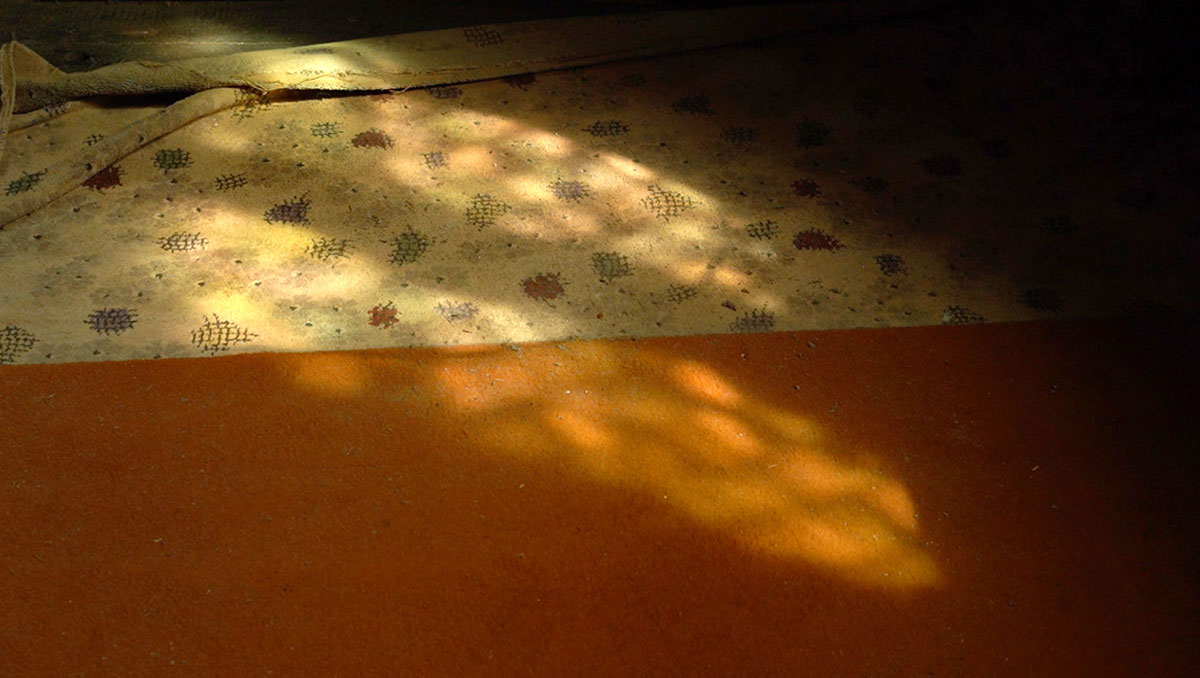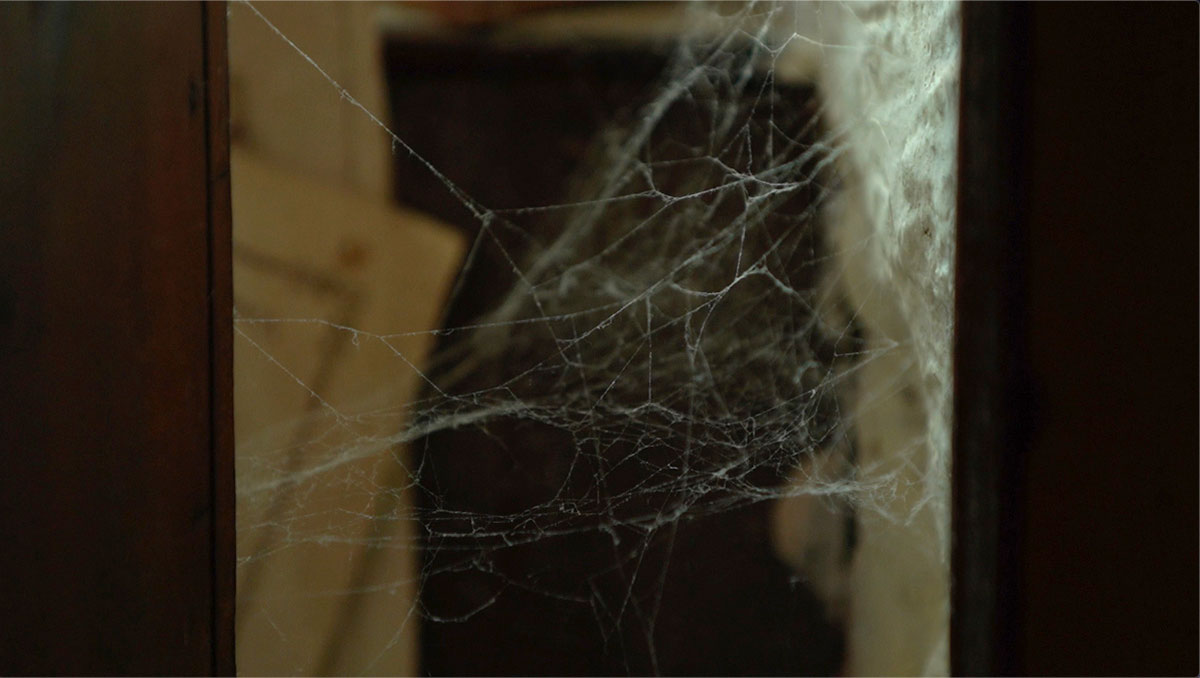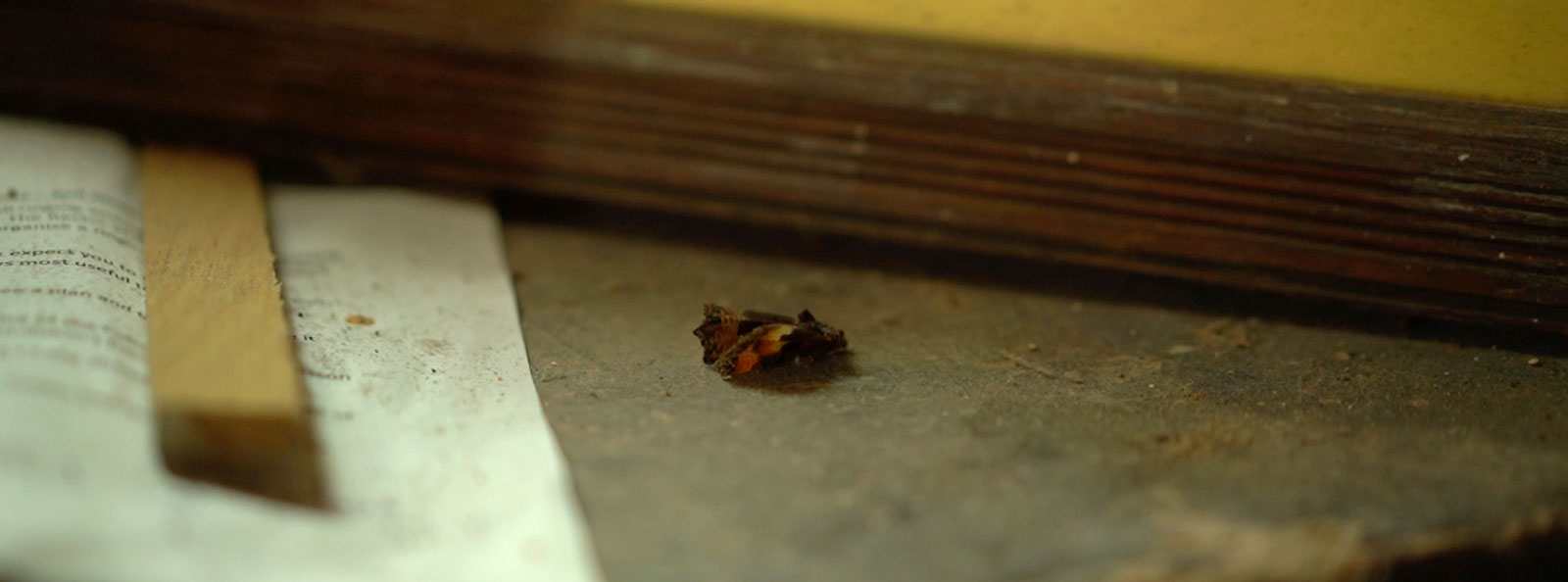In her new film Belated, Mohini Chandra combines sound and classical Indian dance to explore ideas of history and place. The artist spoke with Autograph’s curatorial project manager Bindi Vora about the concept behind the work, and how the pandemic helped reveal local stories that illuminate global concerns.
 Mohini Chandra, from Belated, 2020. Commissioned by Autograph.
Mohini Chandra, from Belated, 2020. Commissioned by Autograph. Mohini Chandra, from Belated, 2020. Commissioned by Autograph.
Mohini Chandra, from Belated, 2020. Commissioned by Autograph. Mohini Chandra, from Belated, 2020. Commissioned by Autograph.
Mohini Chandra, from Belated, 2020. Commissioned by Autograph.
Image captions: 1-8) [Film stills]. Mohini Chandra, Belated, 2020. Video 12' 49". © and courtesy the artist, commissioned by Autograph for Care | Contagion | Community — Self & Other.
Autograph is a space to see things differently. Since 1988, we have championed photography that explores issues of race, identity, representation, human rights and social justice, sharing how photographs reflect lived experiences and shape our understanding of ourselves and others.